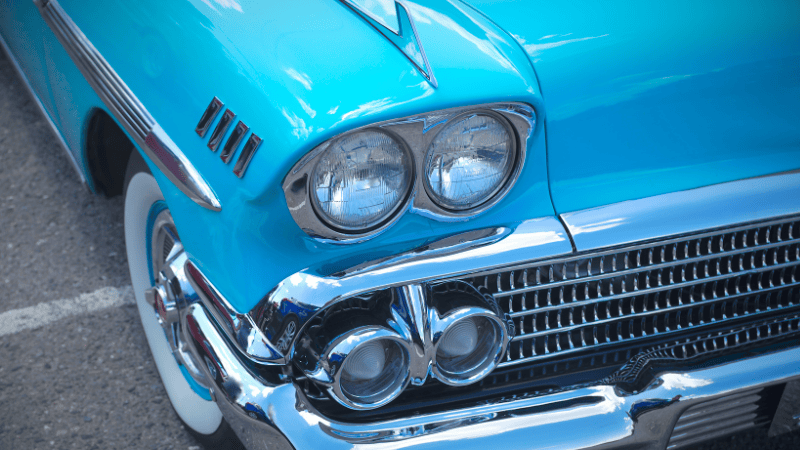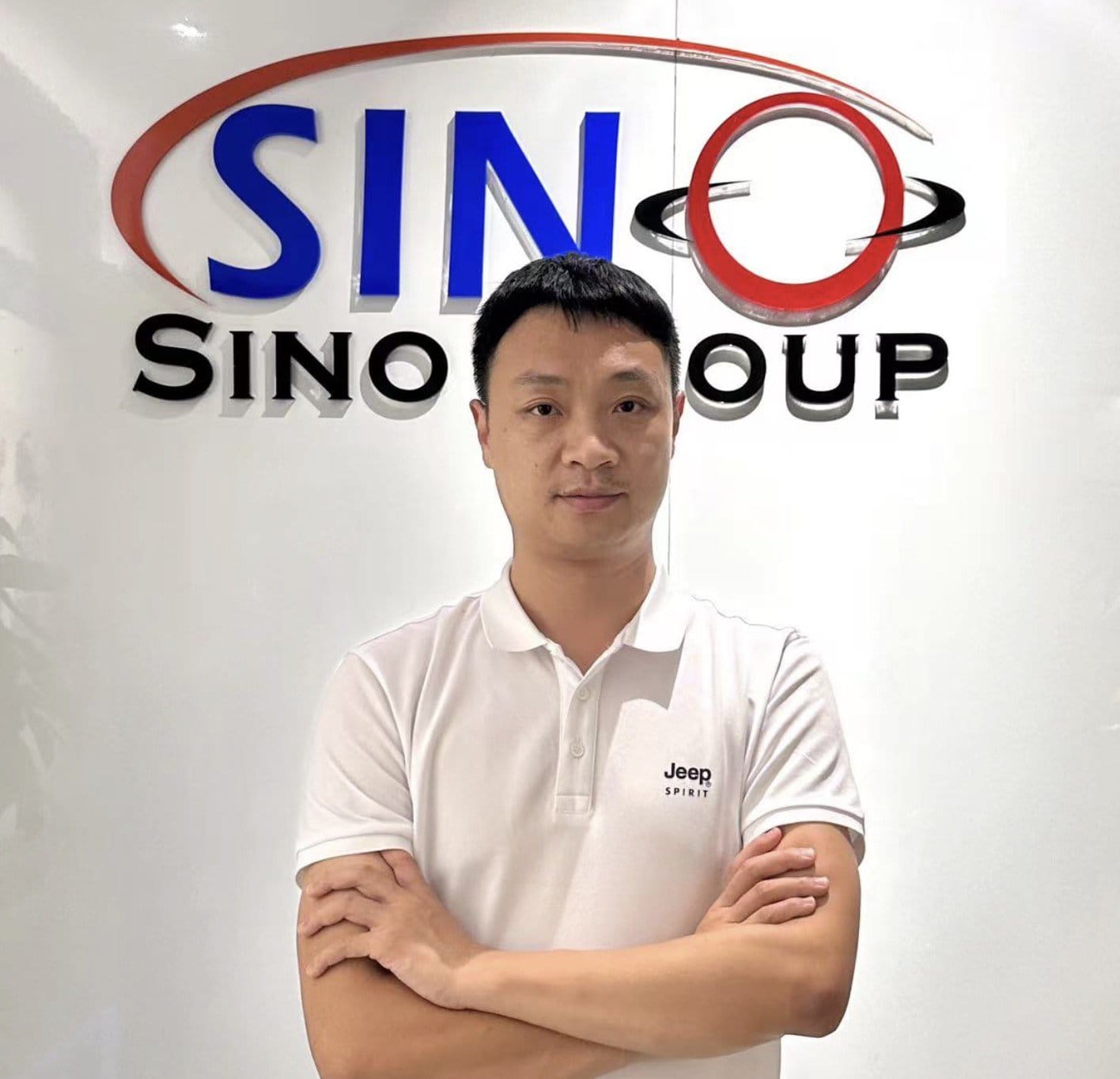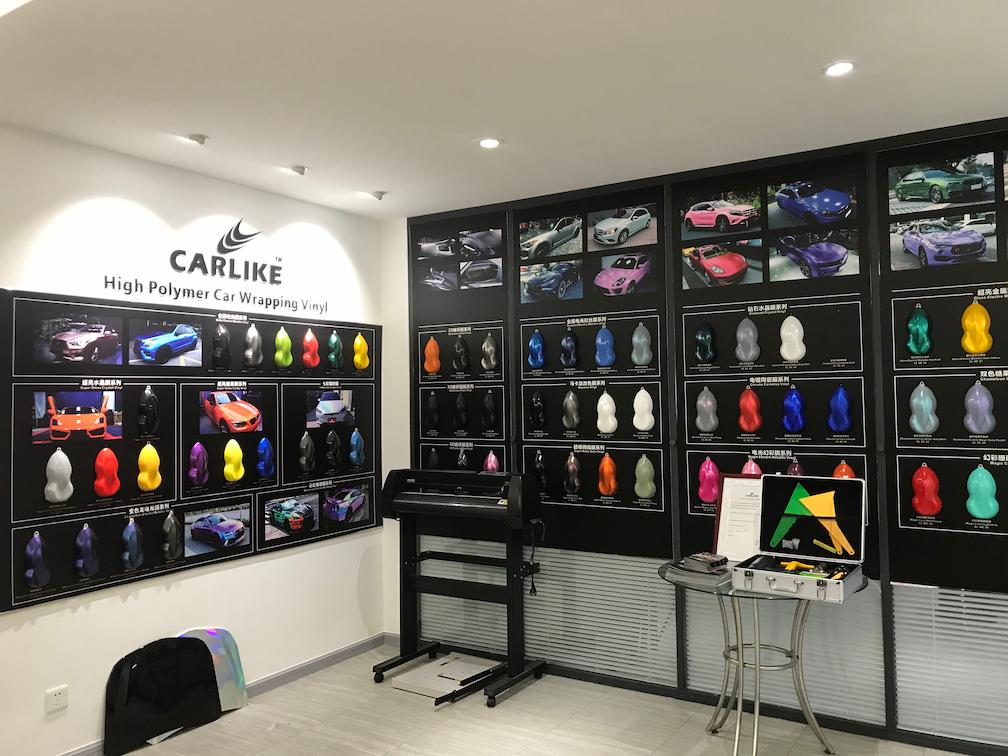Chrome bumpers give vehicles a shiny, retro feel, but they are challenging to upgrade. Vinyl wrapping is a great cost-cutting, reversible, and trendy solution. Let’s explore vinyl wrap on chrome bumpers, including benefits, cost, and wrapping tips to help you choose the ideal finish now!
Why More Drivers Are Turning to Vinyl Instead of Paint
Technology for vinyl wrapping by incorporating advanced polymer engineering has improved over the years, and today it’s a favourite of car enthusiasts and professional auto repair shops. It was first applied in commercial van graphics.
Still, vinyl wrap is the choice of average car owners who desire inexpensive customization, with the luxury of being able to change it at any moment. The popularity of non-permanent tweaks has compelled vinyl wraps to become more convenient and of higher quality.
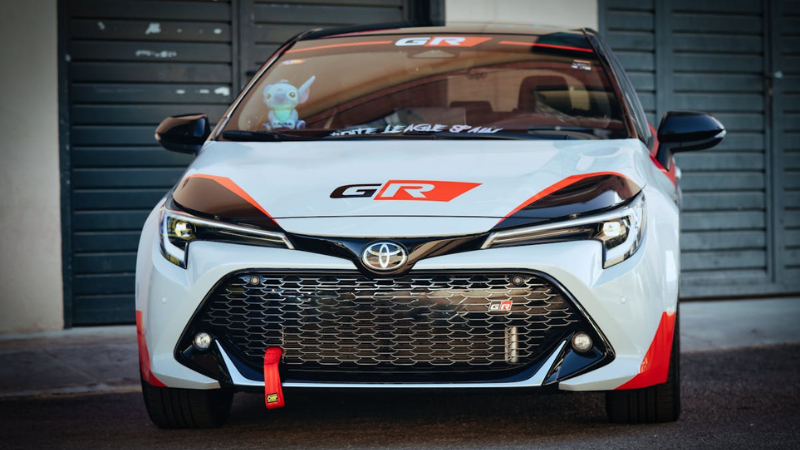
A full vehicle vinyl wrap often costs 40-60% less than a comparable high-quality paint job, and installation time is significantly shorter. Wraps can be completed in days, while painting often takes a week or more including curing.
Vinyl film offers a quick and easy way to change or update your vehicle’s appearance with minimal risk and no long-term commitment.
However, be sure to weigh the costs of your choices before opting for paint or vinyl car wrap to determine which is more affordable. This is an invaluable aspect, especially for leased vehicles or those who prefer to shop around before committing.
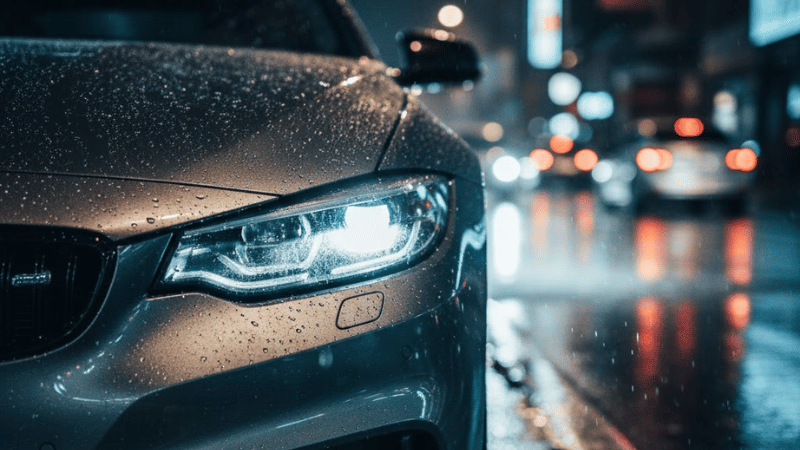
The second reason vinyl is so popular is for protection from the elements like rock chips. Wrapping a front bumper protects it from rain, sun, rock chips, rust, parking lot debris, and oxidation.
Particularly in city or challenging winter weather conditions, a wrapped new bumper will protect the car better than an original chrome bumper left exposed or dented paint.
Vinyl wrapping also increases resale value by protecting the original bumper underneath. At the resale of the vehicle, the wrap can be removed, exposing an attractively preserved chrome surface.
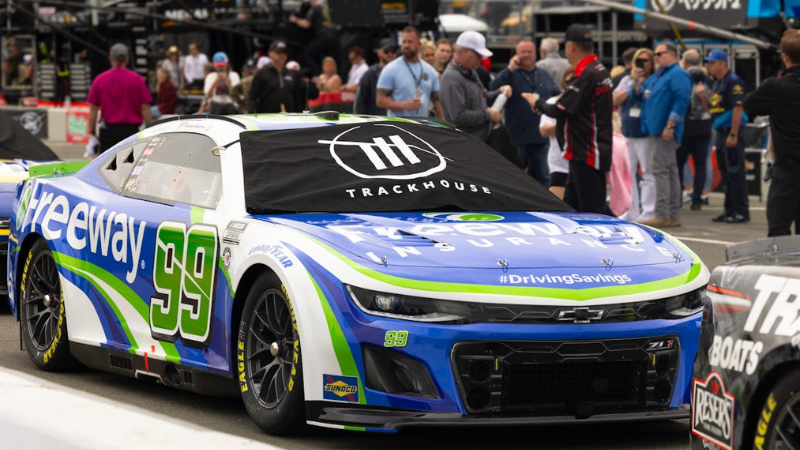
Benefits of Wrapping a Chrome Bumper
Now, let us move on to the specifics of why chrome bumpers should be wrapped and best practices in the auto detailing industry:
Cost Savings: Vinyl wrap provides a showroom appearance with color match at a fraction of the cost of repainting chrome, DIYers and professionals alike.
Extensive Choice of Finishes: Vinyl is available in hundreds of finishes and color matches. You can select matte, gloss, satin black, matte black, metallic, silver, copper, plastic, carbon fiber, or even textured styles like brushed aluminium.

Ease of Replacement: Among other benefits is the ease of spot replacement. If a corner of the bumper wrap is scratched or scuffed, you can replace that single area individually, rather than redoing the entire piece. That modularity, enabled by thermoplastic adhesive technology, makes vinyl more durable than paint.
Protection: The vinyl is also a paint protection film that protects against the destructive action of water and UV light from penetrating the chrome wrap job.
During hot weather conditions, where clear powder coats delaminate, vinyl presents a cooler surface and prevents the smooth surface from absorbing heat.
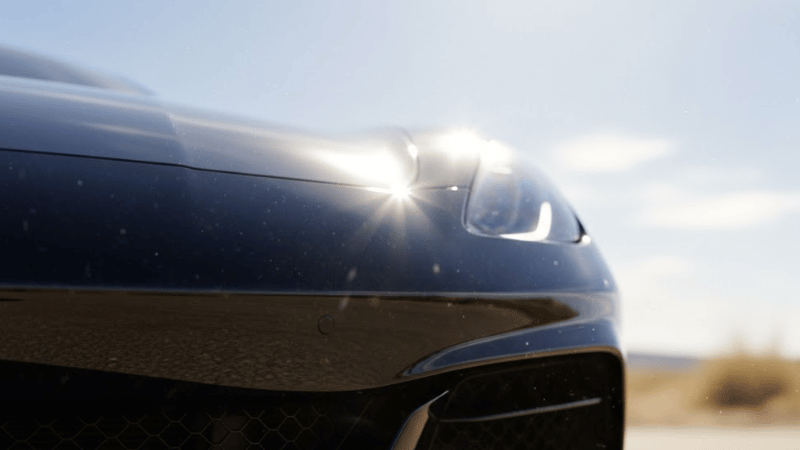
Branding: Another off-the-radar benefit is branding. Most automotive manufacturers or fleets make use of wraps to place graphics or logos on front and rear bumpers and trims.
For instance, food trucks can promote their brands by customizing the food truck wraps. Brands also advertise through bus wraps.
With the use of good-quality vinyl, it is possible to do so cleanly without damaging the material underneath, and it is also reversible when cars are sold or retired.
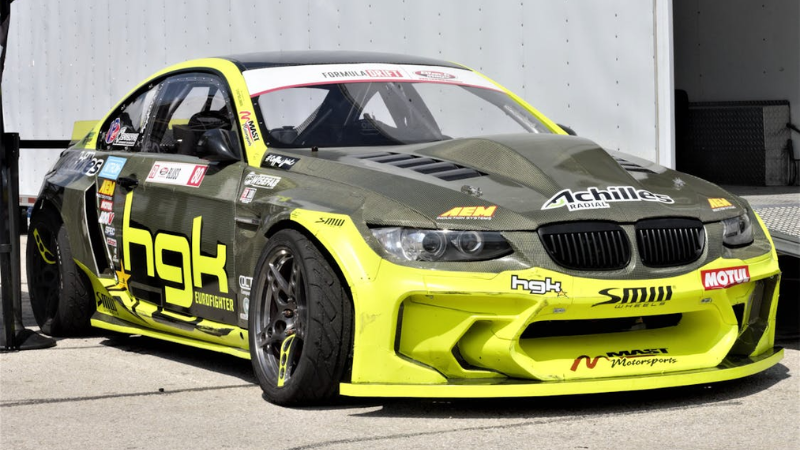
Vinyl Wrap vs. Paint for Chrome Bumpers
Chroming is some intensive surface preparation work. Since chrome is a smooth, non-porous metal, there’s no surface for paint to penetrate into.
To chroming successfully, painters must sandblast the surface, put on an etch primer, and then follow it up with multiple coats of basecoat and clearcoat. All of this takes time, money, and is complicated.
Vinyl wrap, however, will adhere to a lightly prepped chrome surface without stripping or chemical etching. All it requires is a light degrease, an alcohol wipe, and a scuff, and the adhesive on the vinyl will adhere to the chrome just fine.
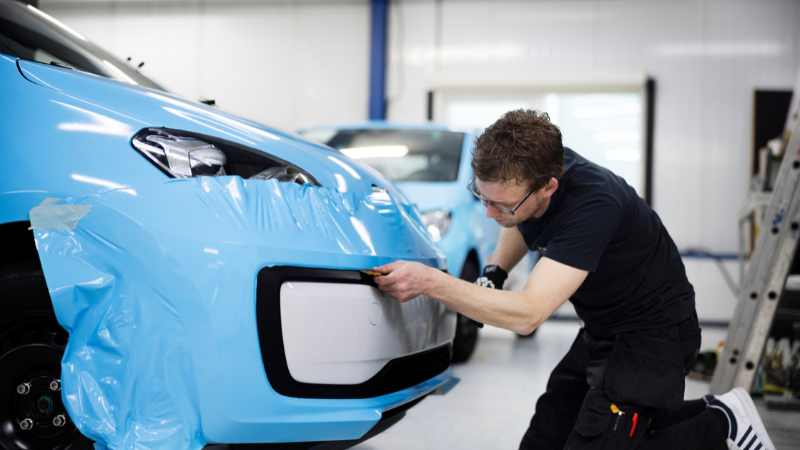
That minor difference in prep nakes vinyl obviously as a time and money saver. Painting gives longevity, but at a cost. A high-end paint job may last up to seven years, but it is more prone to chipping under road stress and may fade unevenly with sun exposure.
Vinyl wrap lasts 5 to 7 years. You can rewrap your front, rear, and OEM bumper every two years and enjoy new, various colors, patterns, or textures that make your bumper look pretty good.
The other thing toconsider is VOC emissions. Paint has solvents and chemicals inside it that give off fumes as they dry. Vinyl wrap eliminates all of that, so it is the eco-friendly, safer option for home workers or indoor garage residents.
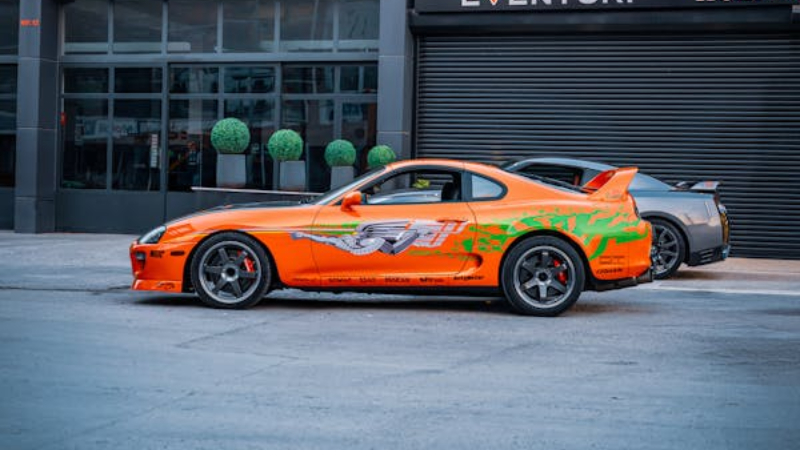
Matte vs Gloss Vinyl Wrap: Which Look Fits Better
The decision between a matte black or a gloss finish is your own choice and that of the manufacturer of your vehicle. Matte wraps create a smooth, non-glossy appearance that absorbs light. This generates a flat, modern look that works on many dark trims or blacked-out looks.
Gloss wraps, though, are very bright and very reflective. They trap the sheen of a fresh coat of paint and emphasize strong color tones. To achieve sports-car or high-end looks, gloss finishes are typically the default option.
There are also finishes in between, such as satin, which possesses a subtle sheen without the extreme shine of gloss. Satin finishes are becoming increasingly popular in custom wraps because they offer their own balance between smooth and visual depth.

Increasingly, owners desire top-of-the-line finishes in 2025 over gloss and matte. Brushed metal, color-shifting films, and carbon fiber texture wraps have become mass market. These allow the driver to achieve premium, show-stopping looks that would be impossible or prohibitively costly with paint.
Holographic wraps, however, shift their color depending on the light and angle of view. They give an über-tech appearance and are extremely popular in motor shows and the tuning scene.
Brushed aluminium appearance offers a wild, industrialized appearance that truck drivers and performance lovers love.
These customised solutions enable you to create a front or rear bumper that precisely resonates with the entire appearance of your car and customise it to every detail.
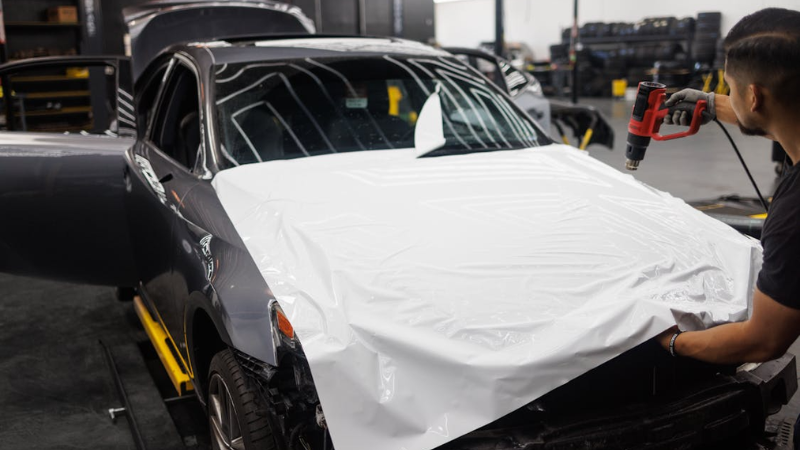
How Much Does It Cost to Chrome Wrap a Bumper?
The cost of wrapping a car is subject to some elements like the size and shape of the bumper, the type of film, professional installation or do-it-yourself, and some installation requirements.
DIY installs of chrome car wrap will cost anywhere from $70 to $150 total. This includes a film, an adhesion promoter, a squeegee, a blade, gloves, and a heat gun. Stores usually have wrap kits specifically for bumpers, and pre-cut panels make it easier to do.
Professionally installed wraps cost from $150 to $300 for a bumper. This may cost more for bumpers with edges, sensor cutouts, or speciality film. Shops also charge labour, shop space, and warranty.
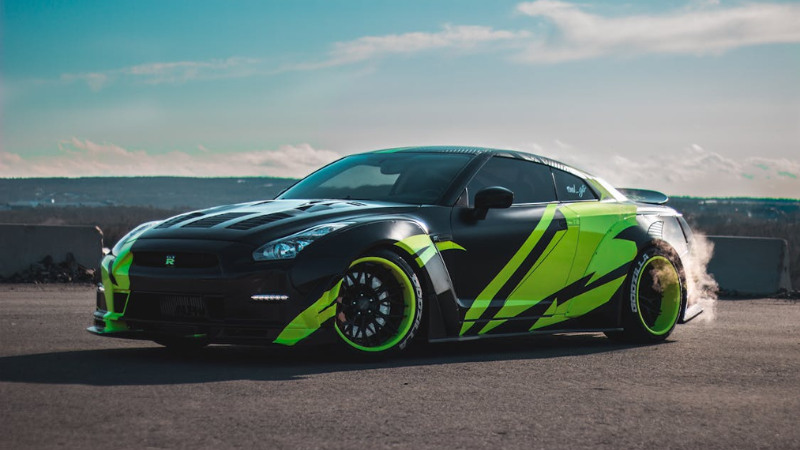
Vinyl is also cheaper than painting, at $500 to $1,000 per whole new bumper. There’s no waiting period to cure or dry. Most wrap repairs are done in less than half a day.
Another economic advantage is that wraps are reversible, which means you can remove them. If you mess up a paint job, it costs a lot to repair. With vinyl, you can peel off and reapply just the nasty spot without repainting the whole piece.
Materials and Tools for Wrapping a Chrome Bumper
If you want to master car wrapping vinyl and get a clean and long-lasting bumper wrap, material and tool quality are very crucial. Low-quality vinyl, skipped prep steps, or absence of proper tooling will result in poor adhesion, bubbles, or curled edges.
What you will need to wrap your chrome bumper effectively is as follows.
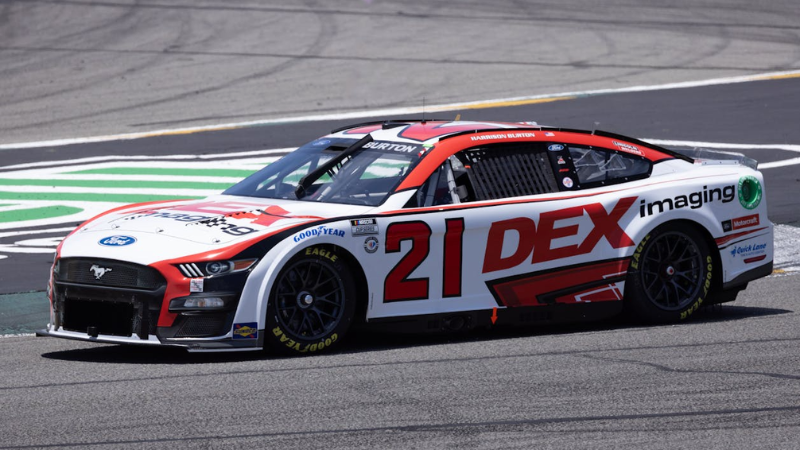
Choose Automotive-Grade Vinyl Wrap
Always use vinyl intended for sticking to car surfaces. Car-grade wrap is specifically designed to stretch, be resistant to heat and UV; it also sticks well to contours. High-end films, such as those of CarlikeFilm®, contain air-release channels that minimize bubbles and ease placement during installation.
Do not use craft or decorative vinyls for interior applications. Though they look good initially, these vinyls shrink, crack, or fade away very quickly when subjected to light, water, or thermal changes. Spending a little extra money on high-quality vinyl in the first place will be helpful later on.
Use Correct Surface Prep Products
Start with a surface that is clean, especially on chrome. Begin with a thorough soap and water wash of the bumper. Follow that with a cleaning in isopropyl alcohol to strip off wax, grease, or polish that will prevent adhesion. The surface has to be as clean as a whistle.
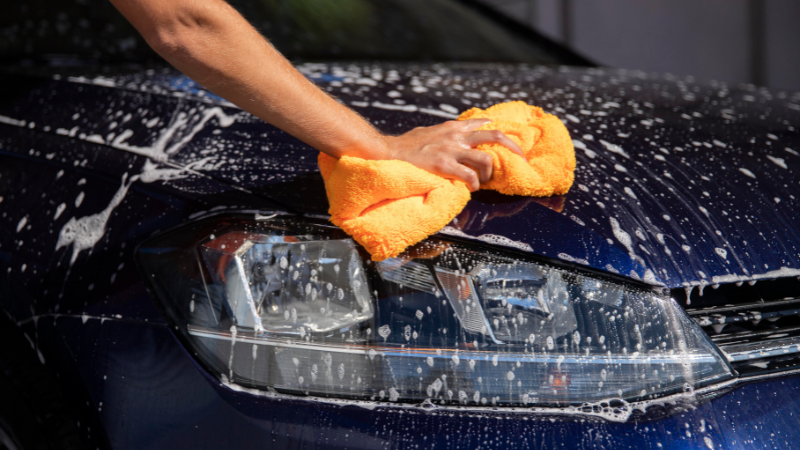
For extra grip, lightly scuff the bumper with a fine-grit pad. This gives the vinyl adhesive a bit more surface area to bite onto. To reduce the chance of creeping with age, you can use an adhesion promoter on edges, corners, or involved curves.
Tools Required for Application
Invest in good-quality tools for wrapping or removing the car wrap vinyl. One of the key weapons of wrapping a bumper is a heat gun. It warms up the vinyl, making it so it will stretch over curves and form into crevices tightly with ease.
Always employ a good heat gun, not a hair dryer, and one that can warm sufficiently and provide equal control. Felt-edge squeegee provides you with even pressure on the film without scratching.
It is efficient in forcing air bubbles out and tightening the wrap over curved surfaces.
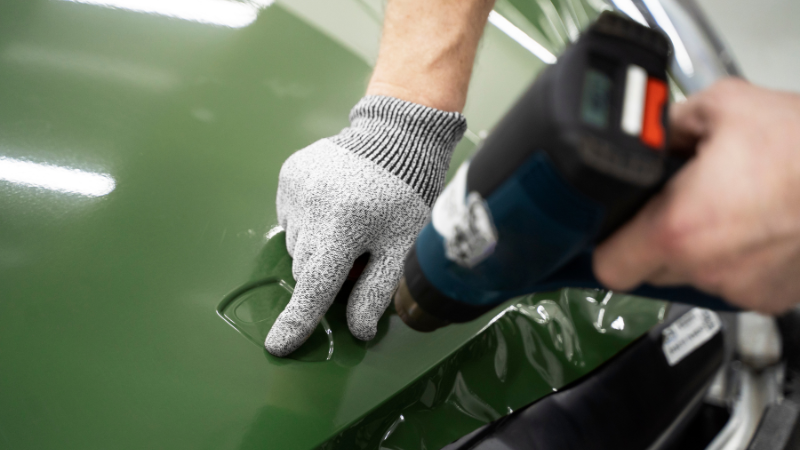
You will also require a sharp cutting blade for cutting edges with cleanliness, in addition to gloves for a better grip during work.
Edge Sealing and Finishing Accessories
Once the vinyl is put in and cut, reheat all edges with pressure for a soft seal to make sure they’re sealed up for durability. These are where lifting tends to be most likely, particularly on curved bumpers or in areas that see a lot of moisture and movement.
For added durability, use edge sealant tape or liquid edge sealer. They shield vulnerable areas and are rain-peel, wash, and weather-resistant. Taking the time to edge finish can readily add a year or two to the lifespan of your wrap.
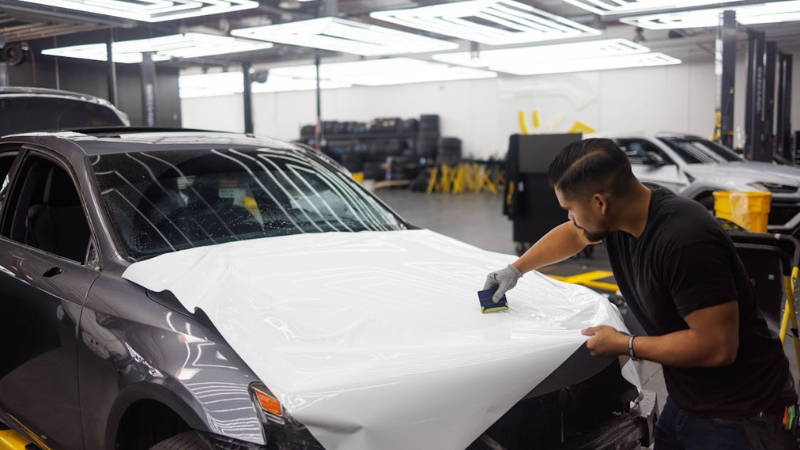
Step-by-Step: Installing a Vinyl Wrap on a Chrome Bumper
Here is the complete wrapping guide for beginners. The procedure is still straightforward, but safety comes first.
Start by washing the bumper with soap, water, and isopropyl alcohol and cleaning it thoroughly. Clean off any wax, grease, or buildup. Lightly scuff the surface using a delicate sponge or microfiber cloth. This enhances the adhesion of the vinyl.
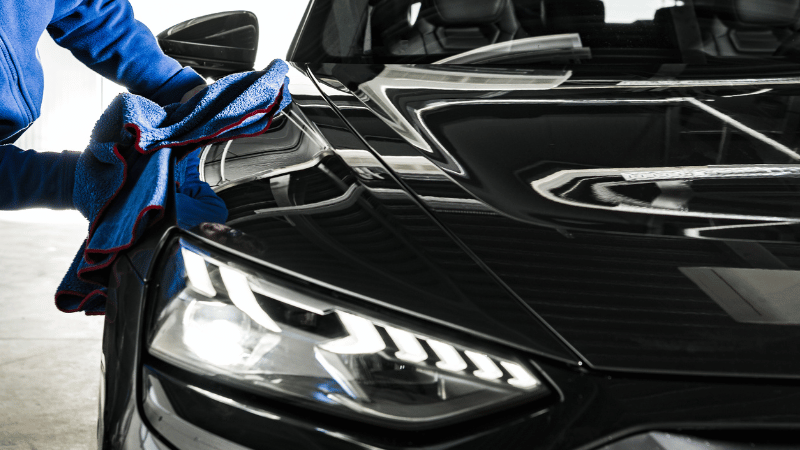
Use the adhesion promoter to sharp edges or curves. Drape film over the bumper, beginning with the center and working outwards. Squeegee along to force out bubbles and keep the film in position.
Use heat from your heat gun as you proceed. This will cause it to bend well without wrinkles.
Once installed in its entirety, cut the hanging vinyl very carefully and seal the joints so that there aren’t any cracks. Allow the wrap to stand 24 to 48 hours before washing or exposing it to rain. Follow careful steps to wash vinyl-wrapped cars.
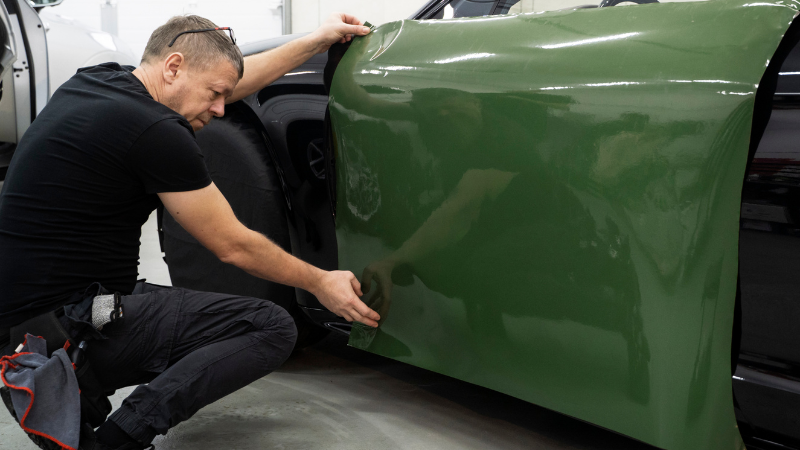
FAQs
Q1: What about first purchases in retail? Do you support them?
Yes! From selecting the right wrap, finish, and type of film for the vehicle, our representatives will guide you through the process till the end. From selecting colors to getting installation tips, we have covered you all throughout.
Q2: Is there any wholesale price for businesses?
Definitely. CarlikeFilm® offers wholesale prices for auto shops, restyling companies, and fleet services to get vinyl wraps, decorative vinyls, and window tints. Orders made in bulk come with flexible terms and priority assistance.
Q3: Do you provide custom films or private label packaging for my business?
Yes! We can develop custom colors, create OEM partnerships, and offer private label packaging specific to your brand. Please contact our B2B team to discuss your requirements.
Conclusion
Vinyl wrapping your chrome bumper is likely the real thing, the most high-tech method of putting a facelift on your car without the cost of painting it. It’s instant, reversible, and can be personalized, and it provides long-term protection to your vehicle.
As long as you have the proper tools, good-quality material, and a proper car wrap vinyl guide, even beginners can produce great wrapping within one afternoon.
Promote Your Brand with Premium Car Wraps from CarlikeFilm®
Stand out on the road with CarlikeFilm®, a global leader in high-performance vinyl wraps, trusted by professionals and car enthusiasts worldwide.
Start with just 10 rolls of premium vinyl wraps and PPF films, all produced under strict quality control. Enjoy rapid production and delivery combined with 24/7 professional support to accelerate your brand growth.
Get your custom quote today and drive your brand forward!
